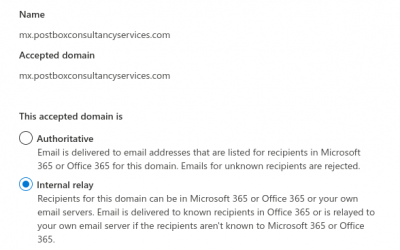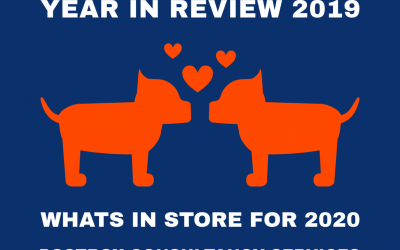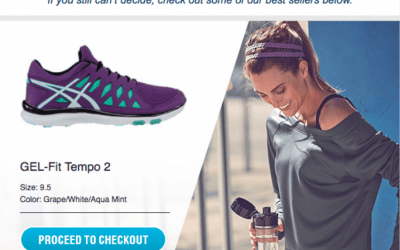AMP for Email in 2020: Is Your Email Marketing Program Ready?
Author : Jennifer Cannon
AMP for Email
Email marketing is one of the most powerful channels that brands and marketers can use to drive customer interactions. HubSpot data indicates that close to 60 percent of marketers say that email serves as their companies’ biggest source for return on investment (ROI).
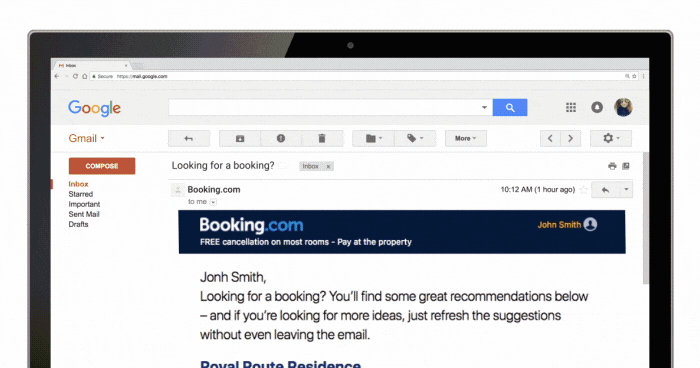
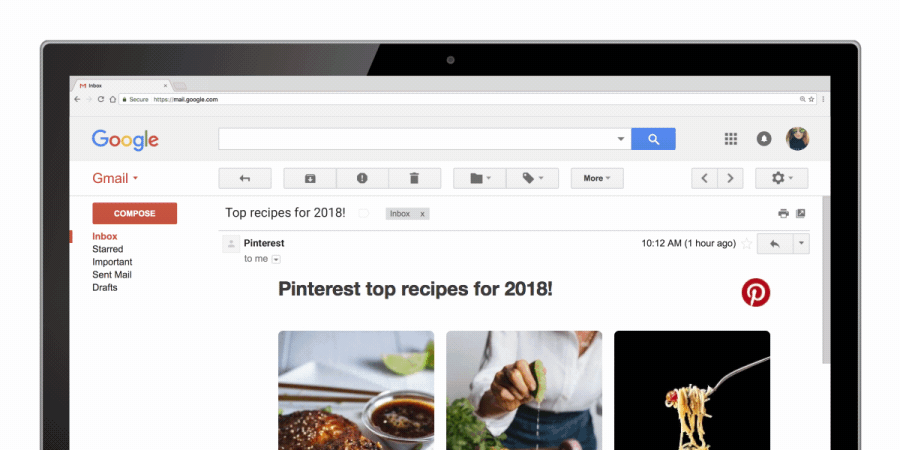
Increased personalization tactics will also drive better results. Consumers expect brands to deliver personalized content, especially when it comes to email marketing messages. Recent Salesforce research indicates that 57 percent of consumers are more likely to share personal data in exchange for a personalized experience. So not only are consumers willing to share data and expecting brands to use it, but they are also more likely to interact with personalized email offers and convert.
Email marketing in our mobile-first environment means that email marketers constantly need to be optimizing their emails for mobile users. The addition of AMP for Email to Gmail’s app serves as an example of updates that marketers need to follow and be aware of so that they can test their email marketing campaigns. Industry awareness will be crucial for email marketers who want to stay ahead of their competition.
Email marketing has grown and changed significantly to align with consumer behavior, and that will only continue as technology companies study that behavior to meet consumer needs. Email marketers should not only be following updates in the email space but should look at how other channels, such as voice, could impact their email marketing efforts in the near future.
In order to send dynamic emails to subscribers, a brand’s email marketing team must first register with Google. First time you receive the dynamic email in your gmail inbox, gmail may let you know with this message :

Another example of dynamic email done by Postbox Consultancy Services :


